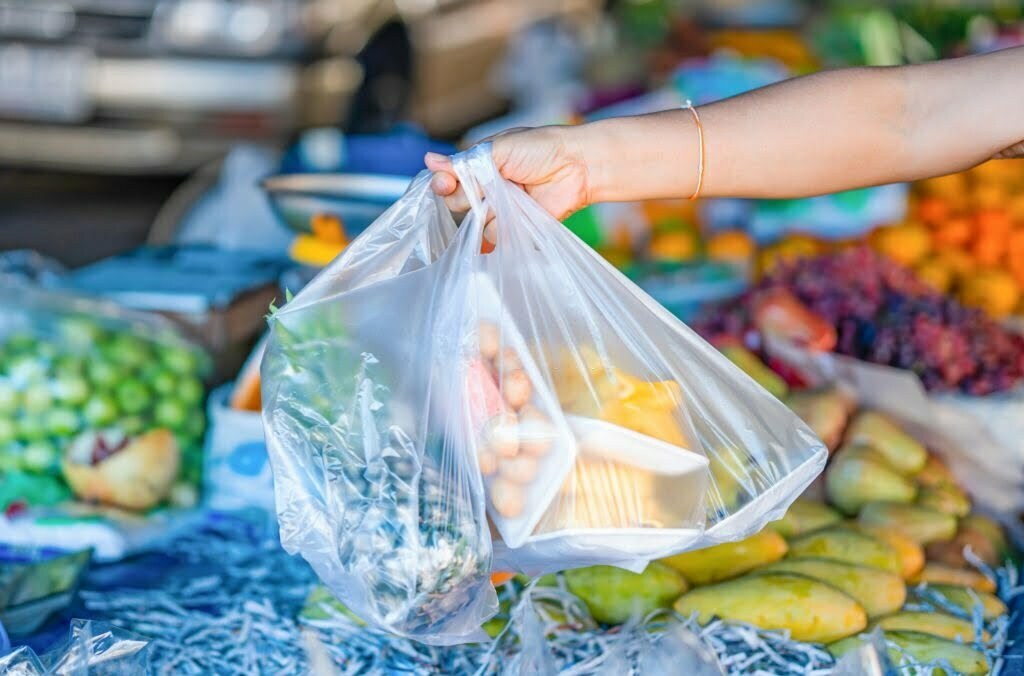

Many countries, including Malaysia, are taking steps to ensure sustainable development and promote eco-friendly products. The trend of using biodegradable bags in Malaysia has also increased in the last few years. However, the advent of technical terms – like environment-friendly, bio-based plastic and biodegradable – has created a lot of confusion among consumers.
Bio-based plastics and biodegradable plastics are the two most commonly used terms that confuse a lot of people; as a result, many people use them interchangeably. However, keep in mind that both of these types of plastics are very different from one another. It is important to distinguish between the bio-based plastics and biodegradable plastics to fully understand the purpose of using different types of plastics and choose the most suitable one.
Plastics made from organic sources, such as sugarcane, corn starch and polylactic acid, are called bio-based plastics, or simply bioplastics. Renewable biological resources, such as corn, wood and agricultural waste, are the primary sources of bio-based plastics.
Bioplastics are meant to break down within a few weeks without releasing any toxic materials. Polylactic acid (PLA) is a common component in the majority of the bioplastics. The properties and structure of PLA are identical to polyethene and polypropylene.
Researches indicate that bioplastic bags do not have any significant impact on the levels of carbon dioxide in the atmosphere. Since the bio-based plastics are made from plant-based sources, their degradation eventually returns the carbon dioxide to the environment, maintaining a healthy balance.
Most of the bioplastic products are meant to be composted in high heat, industrial composting industries. Some of them are recycled, while others are disposed of through appropriate facilities. Such types of plastics have many advantages, such as a reduction in green gases by up to 35%, less dependency on the non-renewable sources for plastics, better agricultural byproducts and long-term use if the bioplastic bags are efficiently designed.
Examples
Some of the examples of bio-based plastics are starch-based plastics, lipid-derived polymers, polylactic acid (PLA), protein-based plastics and bio-derived polyethene.
Biodegradable plastics are petroleum-based plastics that are combined with additives to facilitate the degradation process. The structure and chemical composition of the biodegradable plastics is very different from the bio-based plastics. Some countries have laws to make the distinction between these products quite clear by labelling them and placing them separately.
The decomposition rate is a significant difference between biodegradable plastics and bioplastics. Biodegradable plastics decompose relatively quickly due to their additives.
Biodegradable plastic bag manufacturers in Malaysia are introducing various types of biodegradable bags. Such bags are engineered to break down quickly to make them sustainable and ecofriendly. With advancements in technology, more biodegradable plastics are being produced, and their recycling is also rapidly increasing – more so compared to bio-based plastics. Coca-Cola’s plant bottle is a perfect example of modern technology being used to create a combination of biodegradable plastic.
Biodegradable plastics have many advantages. They are ideal for packaging, enhance horticulture productivity, reduce ocean pollution by limiting the plastic waste and minimize organic material being deposited in the landfills. Moreover, creating biodegradable plastics is much more cost-efficient than creating bioplastics.
Both biodegradable plastics and bio-based plastics have several applications in different industries and people’s everyday lives. Initially, bioplastics were meant for single-use items, like plastic bottles and disposable cups. However, modern technology has allowed companies to produce bioplastics for long-term applications.
On the other hand, biodegradable plastics are used to create eco-friendly shopping bags, waste collection bags and disposable plates. Things like bottles, cups, jars and sharpeners are made from biodegradable plastics as well. These types of plastics are used in many different industries especially since it’s demand is increasing. One of the more notable biodegradable plastic bag manufacturers in Malaysia are Teong Chuan Plastic (M) Sdn Bhd.
Many experts of internationally renowned environmental companies emphasize that using durable, biodegradable plastic products are more eco-friendlier compared to using bio-based plastics.
Bio-based plastics and biodegradable plastics are very different from one another in terms of advantages, disadvantages and especially applications. However, the decomposition rate of the biodegradable plastics is much faster than the bioplastics.
Similarly, biodegradable plastics have applications in numerous industries, whereas bio-based plastics are comparatively limited in scope. For more information, feel free to get in touch with our friendly and professional consultants.